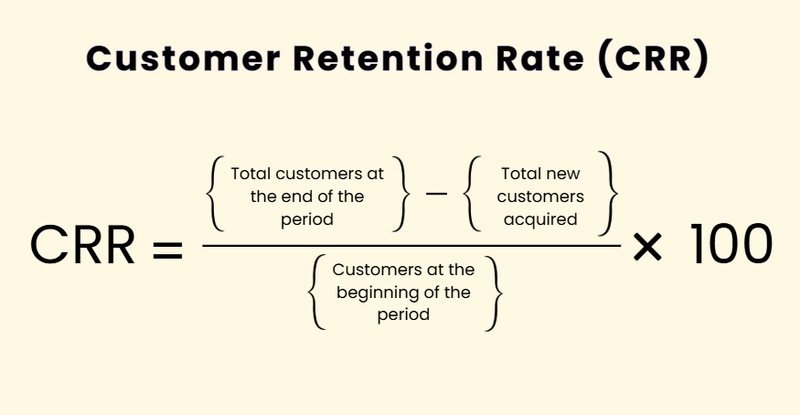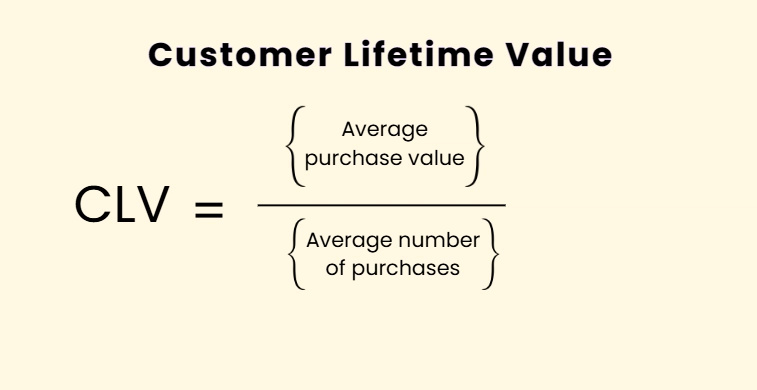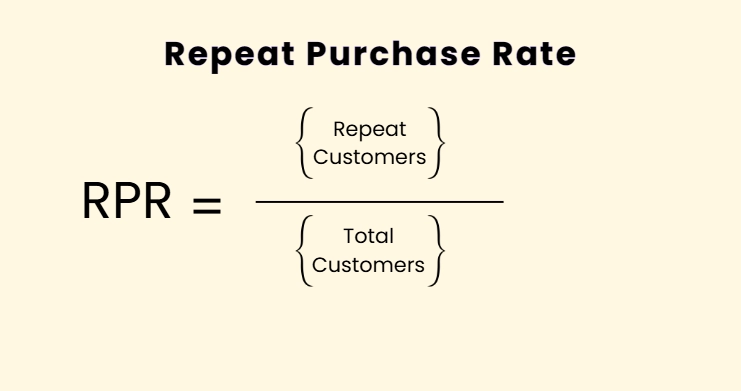5 Important Metrics to Measure Customer Loyalty
Customer loyalty is the foundation of a successful business. Loyal customers not only make repeat purchases but also advocate for your brand, helping attract new customers through word-of-mouth. A strong customer loyalty strategy enhances brand reputation, increases revenue, and reduces customer acquisition costs. To sustain and grow a loyal customer base, businesses must measure and track key indicators of customer commitment and satisfaction. By analyzing these metrics, companies can identify strengths, address weaknesses, and refine their customer engagement strategies. Here are the essential metrics to measure customer loyalty: 1. Net Promoter Score (NPS) Net Promoter Score (NPS) is a metric that measures customer satisfaction on a scale from 1 to 10. This metric indicates how likely people are to refer your business to others. Net Promoter Score is calculated by deducting the percentage of detractors from the percentage of promoters. Monitoring your NPS over time gives you valuable insights into the effectiveness of your programs for retention and customer loyalty. 2. Customer Retention Rate (CRR) Customer Retention Rate (CRR) is a metric that measures the number of customers retained by a business over a period. This metric measures your customer loyalty health. CRR is an essential metric for businesses to monitor regularly, as it helps you to grow your loyalty efforts and improve customer retention. CRR is calculated using the formula: Where: E = Number of customers at the end of a period N = Number of new customers acquired during the period S = Number of customers at the start of the period A high CRR suggests that customers find value in your products and services, making them less likely to switch to competitors. 3. Customer Lifetime Value (CLV) Customer Lifetime Value (CLV) is one of the essential metrics to measure customer loyalty and satisfaction. This metric measures the total revenue earned by the business from the customer over a period. CLV is calculated as: Tracking this metric helps you understand customer behavior and increase customer lifetime value, which means reducing customer acquisition costs and increasing your revenue. 4. Repeat Purchase Rate (RPR) Repeat Purchase Rate (RPR) is another metric that measures the success of customer loyalty. This metric measures how frequently customers make purchases from your brand over a period. RPR is calculated as follows: Tracking repeat purchase rates helps you understand your customers better and allows you to target relevant audiences to retain existing customers and build customer loyalty. 5. Average Order Value (AOV) Average Order Value (AOV) is a metric that enables you to track how much your customer spends on average per purchase from your brand. AOV is an essential metric for understanding business growth. Monitoring AOV over time helps you track customer buying behavior and the effectiveness of marketing efforts. Conclusion Measuring customer loyalty is essential for long-term business success. The five key metrics—Net Promoter Score (NPS), Customer Retention Rate (CRR), Customer Lifetime Value (CLV), Repeat Purchase Rate (RPR), and Average Order Value (AOV)—help businesses gauge customer satisfaction and make data-driven decisions. By focusing on these metrics, companies can enhance customer relationships, increase revenue, and build a loyal customer base. Platforms like 99minds provide advanced loyalty solutions that help businesses track and optimize these key metrics effectively.
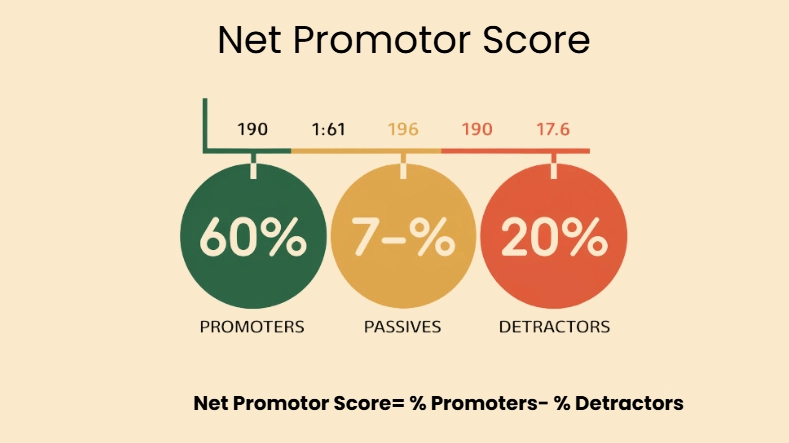
Customer loyalty is the foundation of a successful business. Loyal customers not only make repeat purchases but also advocate for your brand, helping attract new customers through word-of-mouth. A strong customer loyalty strategy enhances brand reputation, increases revenue, and reduces customer acquisition costs.
To sustain and grow a loyal customer base, businesses must measure and track key indicators of customer commitment and satisfaction. By analyzing these metrics, companies can identify strengths, address weaknesses, and refine their customer engagement strategies. Here are the essential metrics to measure customer loyalty:
1. Net Promoter Score (NPS)
Net Promoter Score (NPS) is a metric that measures customer satisfaction on a scale from 1 to 10. This metric indicates how likely people are to refer your business to others.
Net Promoter Score is calculated by deducting the percentage of detractors from the percentage of promoters. Monitoring your NPS over time gives you valuable insights into the effectiveness of your programs for retention and customer loyalty.
2. Customer Retention Rate (CRR)
Customer Retention Rate (CRR) is a metric that measures the number of customers retained by a business over a period. This metric measures your customer loyalty health. CRR is an essential metric for businesses to monitor regularly, as it helps you to grow your loyalty efforts and improve customer retention.
CRR is calculated using the formula:
Where:
E = Number of customers at the end of a period
N = Number of new customers acquired during the period
S = Number of customers at the start of the period
A high CRR suggests that customers find value in your products and services, making them less likely to switch to competitors.
3. Customer Lifetime Value (CLV)
Customer Lifetime Value (CLV) is one of the essential metrics to measure customer loyalty and satisfaction. This metric measures the total revenue earned by the business from the customer over a period.
CLV is calculated as:
Tracking this metric helps you understand customer behavior and increase customer lifetime value, which means reducing customer acquisition costs and increasing your revenue.
4. Repeat Purchase Rate (RPR)
Repeat Purchase Rate (RPR) is another metric that measures the success of customer loyalty. This metric measures how frequently customers make purchases from your brand over a period.
RPR is calculated as follows:
Tracking repeat purchase rates helps you understand your customers better and allows you to target relevant audiences to retain existing customers and build customer loyalty.
5. Average Order Value (AOV)
Average Order Value (AOV) is a metric that enables you to track how much your customer spends on average per purchase from your brand. AOV is an essential metric for understanding business growth. Monitoring AOV over time helps you track customer buying behavior and the effectiveness of marketing efforts.
Conclusion
Measuring customer loyalty is essential for long-term business success. The five key metrics—Net Promoter Score (NPS), Customer Retention Rate (CRR), Customer Lifetime Value (CLV), Repeat Purchase Rate (RPR), and Average Order Value (AOV)—help businesses gauge customer satisfaction and make data-driven decisions.
By focusing on these metrics, companies can enhance customer relationships, increase revenue, and build a loyal customer base. Platforms like 99minds provide advanced loyalty solutions that help businesses track and optimize these key metrics effectively.











































































































































































![[The AI Show Episode 142]: ChatGPT’s New Image Generator, Studio Ghibli Craze and Backlash, Gemini 2.5, OpenAI Academy, 4o Updates, Vibe Marketing & xAI Acquires X](https://www.marketingaiinstitute.com/hubfs/ep%20142%20cover.png)

















































































































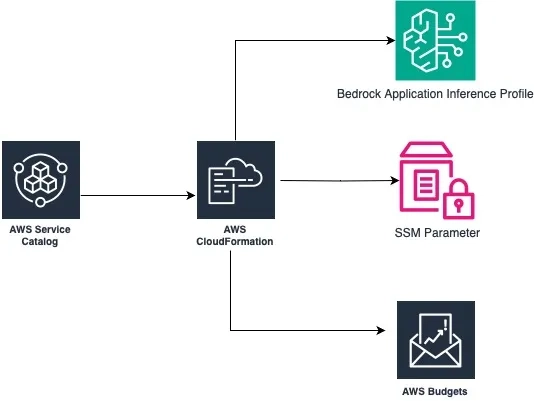









![[DEALS] The Premium Learn to Code Certification Bundle (97% off) & Other Deals Up To 98% Off – Offers End Soon!](https://www.javacodegeeks.com/wp-content/uploads/2012/12/jcg-logo.jpg)


![From drop-out to software architect with Jason Lengstorf [Podcast #167]](https://cdn.hashnode.com/res/hashnode/image/upload/v1743796461357/f3d19cd7-e6f5-4d7c-8bfc-eb974bc8da68.png?#)









































































































.png?#)






















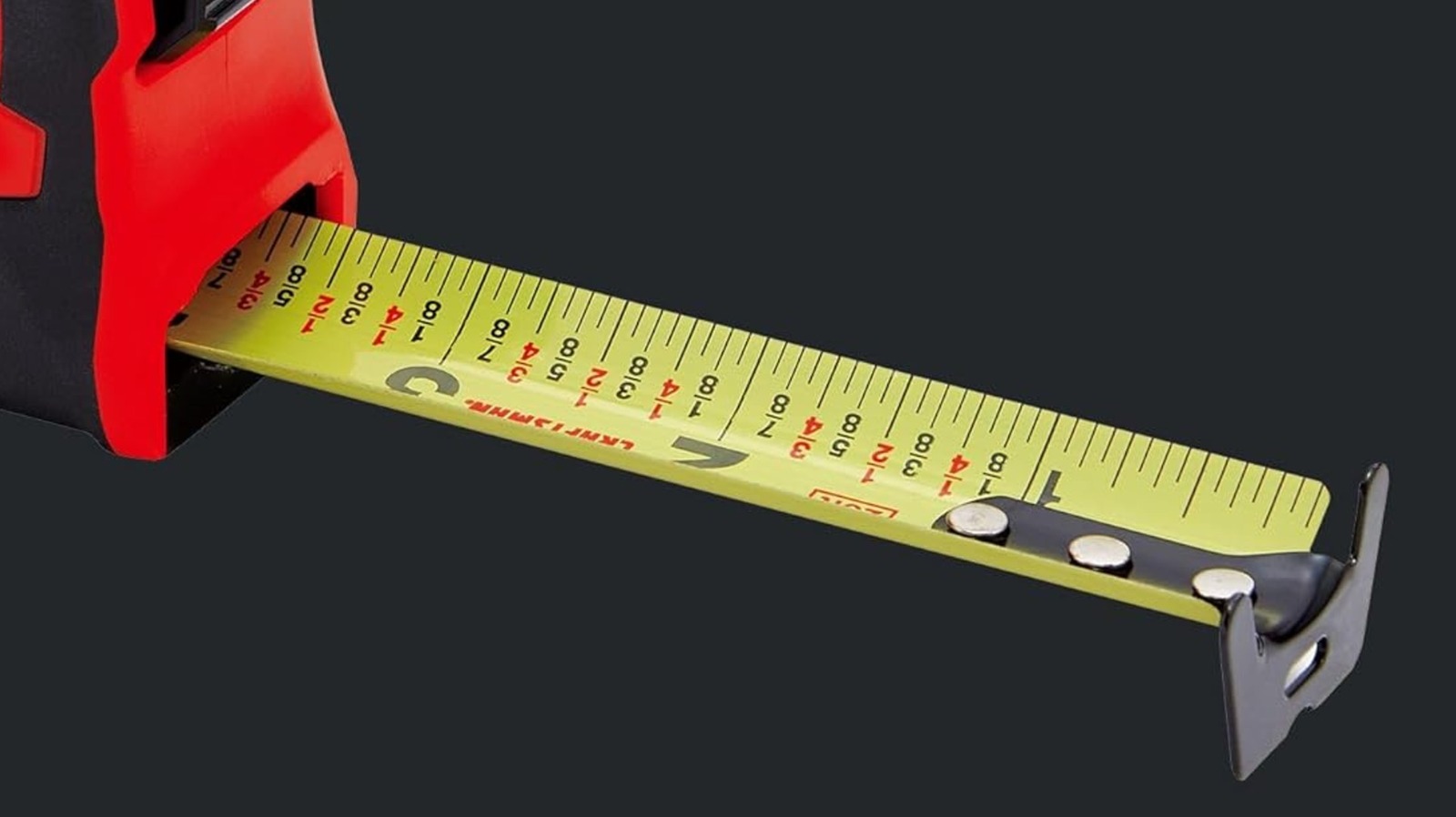










_Christophe_Coat_Alamy.jpg?#)
 (1).webp?#)

































































































![iPhone 17 Pro Won't Feature Two-Toned Back [Gurman]](https://www.iclarified.com/images/news/96944/96944/96944-640.jpg)
![Tariffs Threaten Apple's $999 iPhone Price Point in the U.S. [Gurman]](https://www.iclarified.com/images/news/96943/96943/96943-640.jpg)





































































































































